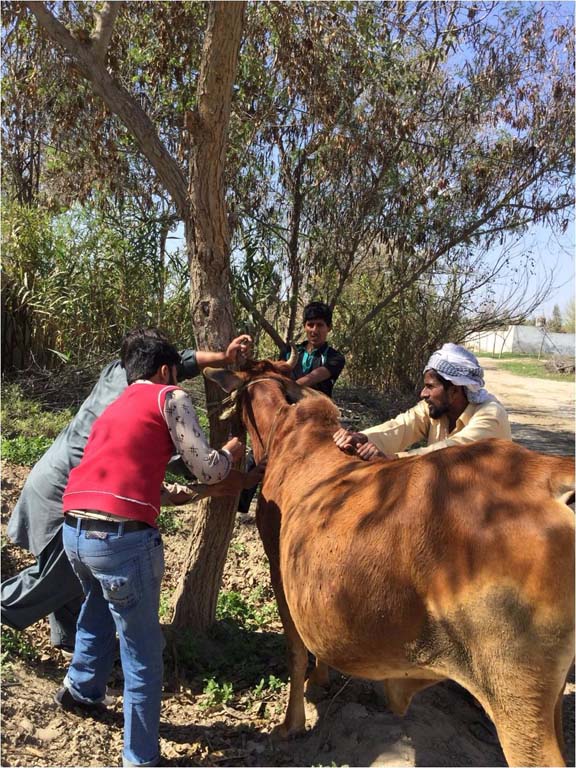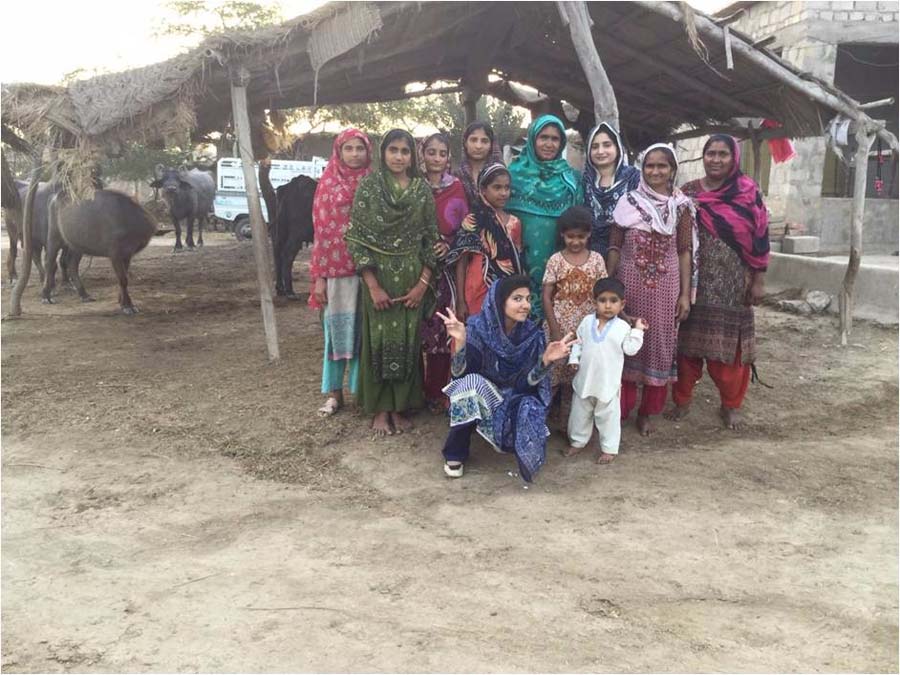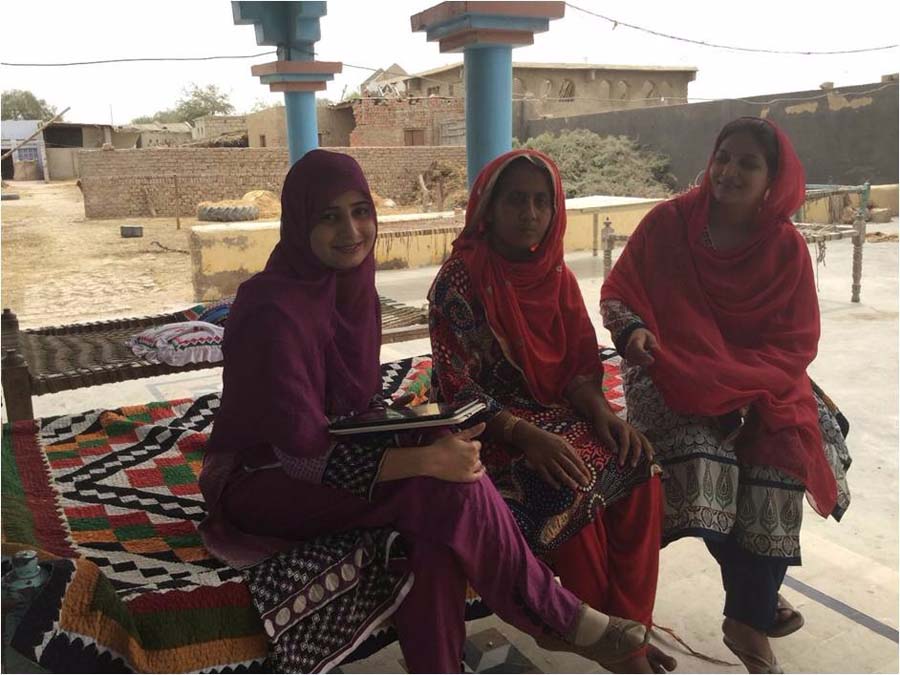The ups and downs of field work
Last year I started my PhD at Charles Sturt University. Prior to this I worked for 3 years with the ASLP Dairy Project (an ACIAR funded project in Pakistan). Due to my work experience with smallholder dairy farmers in my home country I was passionate to do something for them. Therefore, I decided to apply for a PhD scholarship to work on a disease (brucellosis) that is highly zoonotic and something that farmers are generally unaware of. I was lucky enough to receive a John Allwright Fellowship (care of ACIAR) which has given me the opportunity to come to Australia where, with the help of my supervisory team (Jane Heller, Marta Hernandez-Jover, David McGill & Peter Thomson), we have started an epidemiology project. The main aim of the project is to looking for risky farm and household practices that could possibly be linked to the transmission of brucellosis and associate this with the prevalence of the disease. We hope this information will be useful to predict risk of the disease and help direct education programmes.
The first stage of the study involved some field data collection of farm practises as well as understanding and knowledge relating to zoonoses. We developed a questionnaire using an internet program called ‘iSurvey’. This program is a survey tool that allows researchers to collect data whilst offline on smartphones, iPads and Tablets. I was bit afraid to use this app, I really thought that there was a possibility to lose the data (or that it wasn’t being saved) and it was a really big effort to carry out the survey so I didn’t want to waste our team effort. But the good news was – it really worked perfectly and was a reliable tool for such type of data collection. I now have a nice data set, all correctly formatted in excel with no data entry errors or loose bits of paper floating around that require entering. The whole team was very impressed – including me. Now all I have to do is analyse the data of 420 farmers!
The hardest step of our first study was the cattle and buffalo blood sampling. I had to collect 1200 blood samples from seven districts of Pakistan. Everyone over there told me it’s going to be very hard to do blood sampling in the field conditions where there is no restraining facility (see the picture below), and they were right! But we did it anyway and now we have some great blood data which is going to help us link animal brucellosis prevalence with the survey about practises and knowledge on the same farm.

It was 11 February 2015 when we travelled to village Jagu Wala (Patoki, Pakistan) to start my field work. Although, I had experience working with farmers I was still a bit confused because it was going to very different this time. I had four people in my team; Khizar &Mudassir (internship students), Karamat (field assistant) and of course myself. When we started blood sampling it took almost 2 hours on one farm, but we failed to get any blood samples. The whole first day was a bit depressing because we were only able to collect 24 blood samples… and 15 of those were destroyed. Anyways we learnt from mistakes and improved day by day. Eventually we were able to complete 60 farmers in 6 days from the 1st district.
The next district was Bhakkar – quite a distance from the 1st district and a very different place. The overall perception was that it would be very hard to do the research in Bhakkar but when we got there it went well because farmers were very cooperative over there. Something I found surprising was that in Bhakkar I leant some cultural things as well. Firstly, I had to learn to take tea with 2 table spoon of sugar after every hour!! I am a Pakistani woman and I like my tea – but with all the farmer meetings it was a funny challenge to overcome…I didn’t want any of the farmer’s families to think I didn’t like their tea!! Second, I was the only female in the team of four. We had to move door to door and every one stared at me like I am from another planet!!So in some places I had to cover my face too!! But slowly, slowly we moved through the data collection in Punjab without too much more trouble…so far so good!
Our second big challenge was to do the same work in two districts of Sindh (the southern province). Sindh is very different from Punjab and we (the Punjabis) can’t speak their local language. However, I had good support from my colleagues Sobia and Aijaz who helped a lot with the translation and survey process. In Sindh we were quite a big team. Not only had Soiba and Aijaz joined us, but we also had Sherien (another intern student). Sherien is very friendly and humorous in nature so we enjoyed the work down in Sindh (you can see from the picture below).

In total we had three girls and four in boys in our team whilst we were in Sindh. We remained in the village from 9am to 8 pm each day to complete our survey and sample collection. In the Sindh districts of Thatta and Badin, farmers are very poor and they don’t even have a proper place to sleep. It was sad to see them drink canal water (yellowish and green colour) and live without electricity in such hot weather, especially considering it was in May and that’s a very hot time of year in Pakistan. Despite this, Sindhi farmers were very happy and welcoming and offered everything they had. There hospitality and love was unforgettable.
It was interesting to see the vast differences between two of the provinces of Pakistan and even more surprising to see the cultural differences between the districts within them. It was truly an educational experience for the team and I and I really loved it! As well as this, I have a great data set that I don’t have to enter manually into excel and some blood results that have made the first year of my PhD a great success!

Picture: Shumaila (left) with a Sindhi farmer and Sobia (right)


